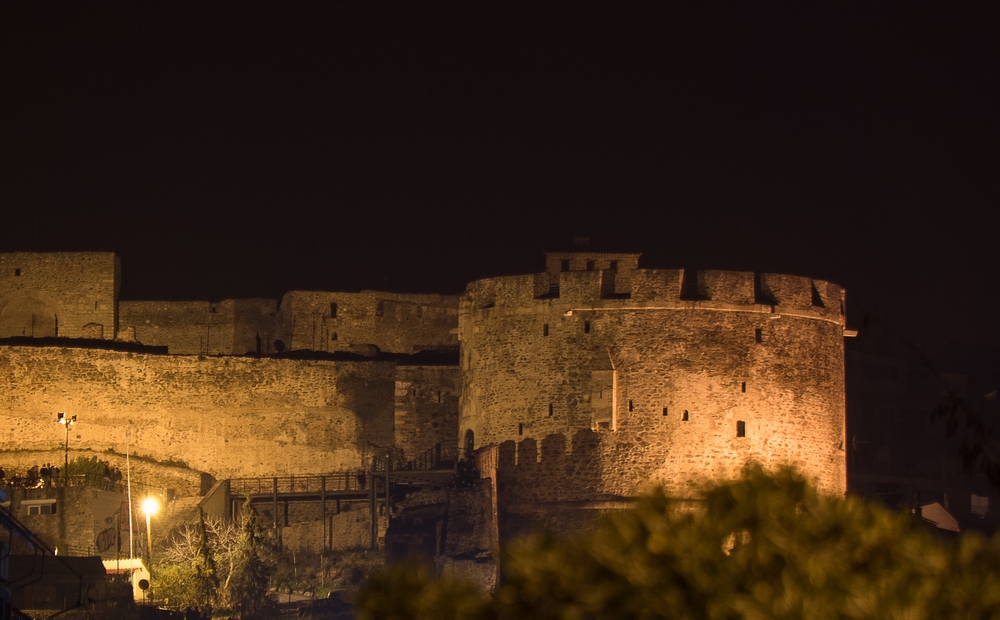Trigoniou Tower
Trigoniou Tower is White Tower's "brother".
Location
Timeline
Modern and Contemporary era (1912 - )
From the integration of Thessaloniki into Greece until World War II, the Tower was used as a storehouse of weapons and ammunition by the Greek army. During the bombings of World War II it was also used as a shelter.
Ottoman era (1453- 1912)
Built in the late 15th century, reinforced in the mid-16th century and converted into a powder magazine and arsenal after the 18th century.









Share